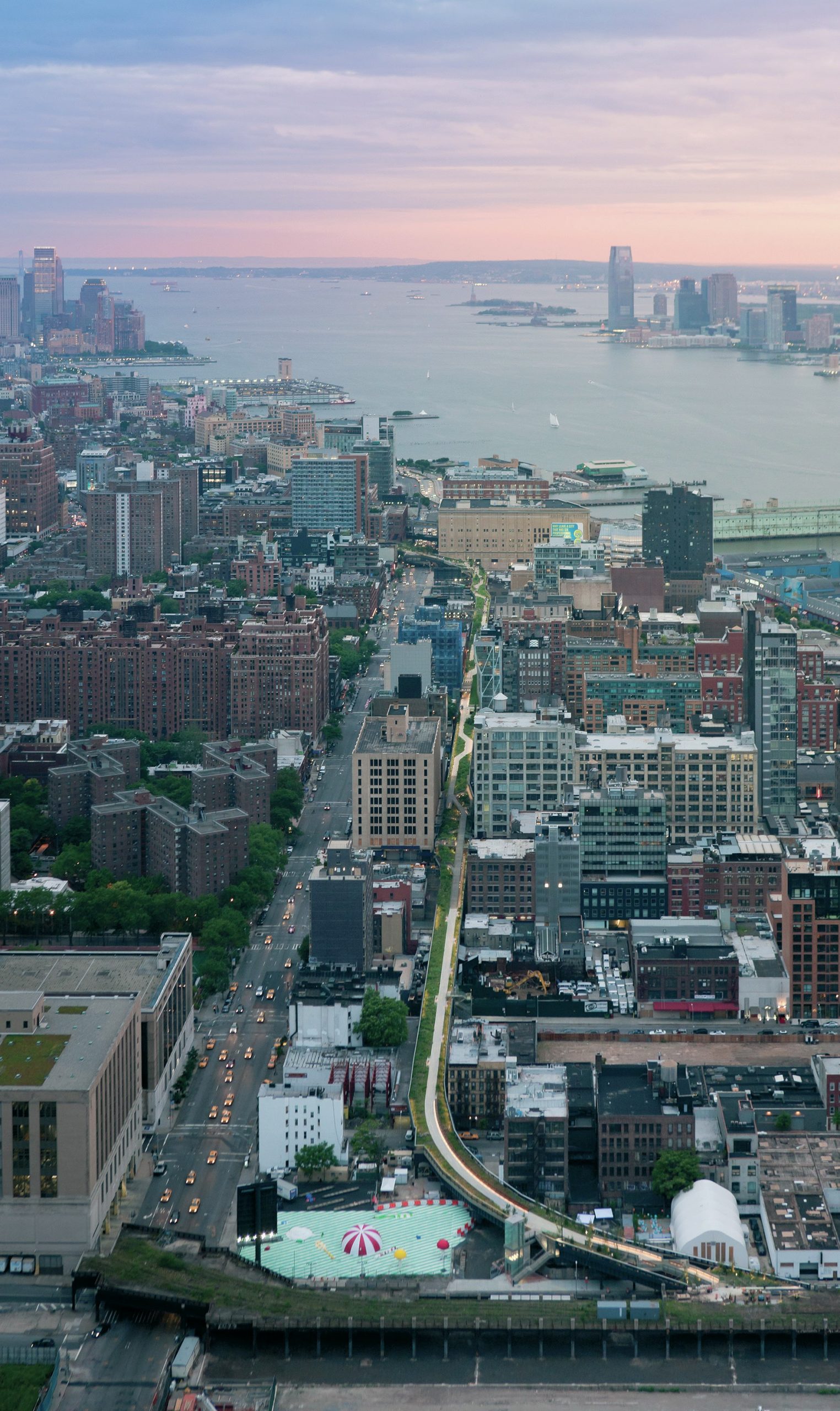
In his book Cities are Good for You (2013) Leo Hollis argues that the High Line regeneration project in New York is a model for urban redevelopment because it was initiated by community action and has ‘humanised’ the neighbourhood. By this he means that the project has made the area more accessible to residents and visitors who otherwise would have avoided it. Hollis is not its only supporter. The High Line project has won praise from journalists and urban planners around the world and is being used as a model for similar projects in the USA and beyond.
The High Line was an elevated railway in New York ’s Meatpacking District. It opened in the 1930s when the area was home to more than 250 slaughterhouses, meatpacking factories and wholesalers. The railway, running along the west side of Manhattan (Figure 1) was used to deliver goods and mail between the factories and the docks on the Hudson River. Spur lines from the main railway led the trains directly into warehouses and factories for ease of packing and removal of goods.
Your organisation does not have access to this article.
Sign up today to give your students the edge they need to achieve their best grades with subject expertise
Subscribe




